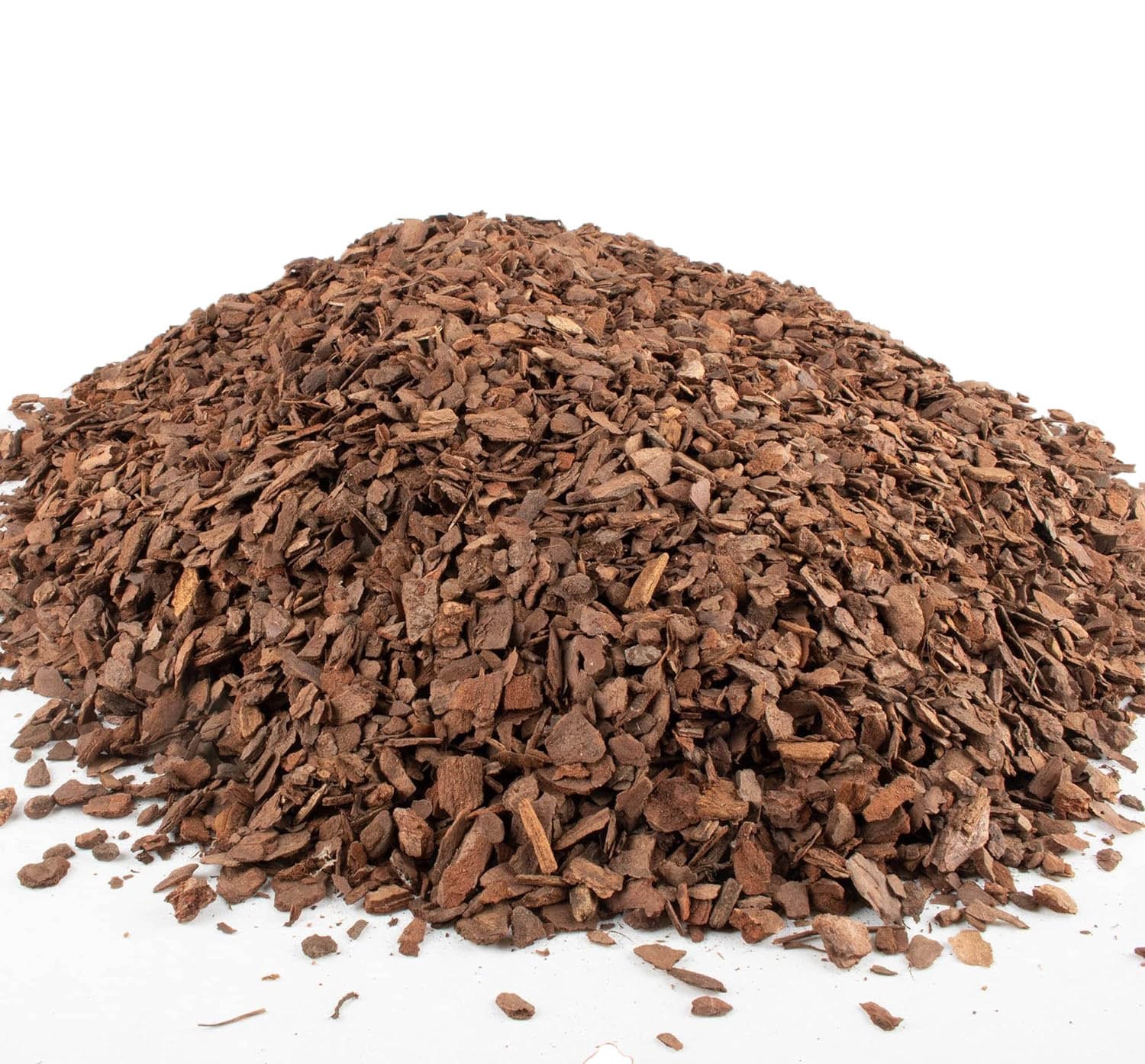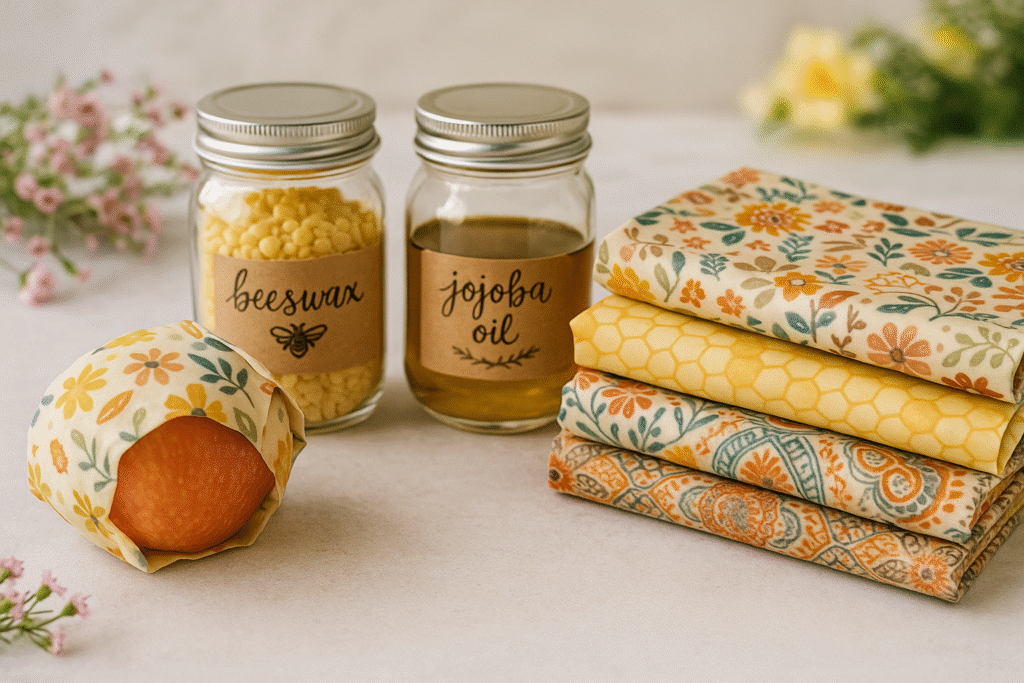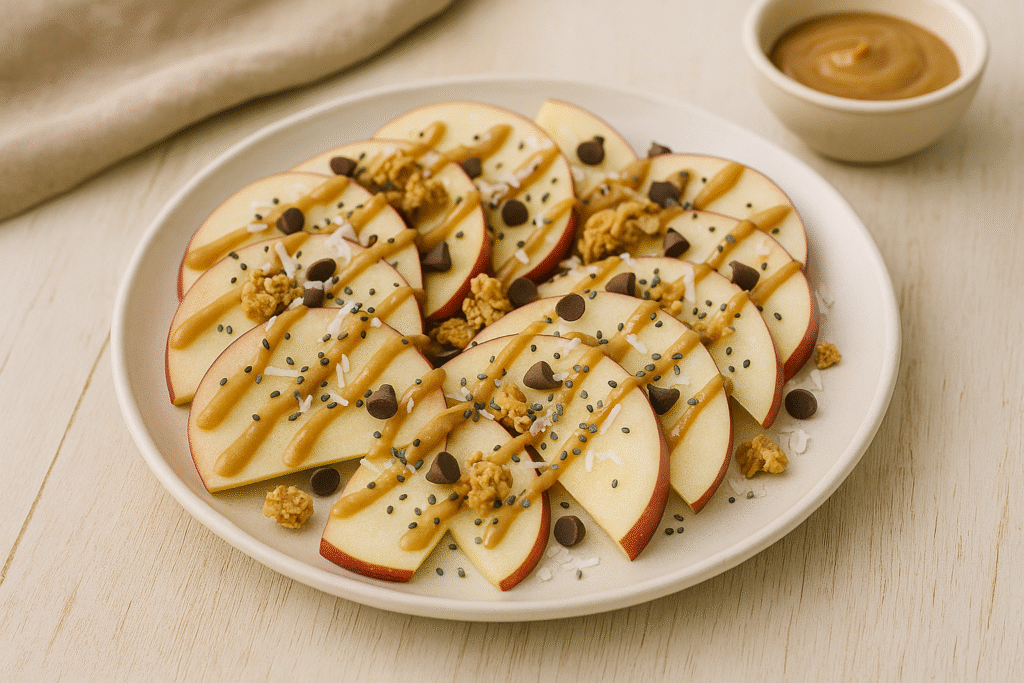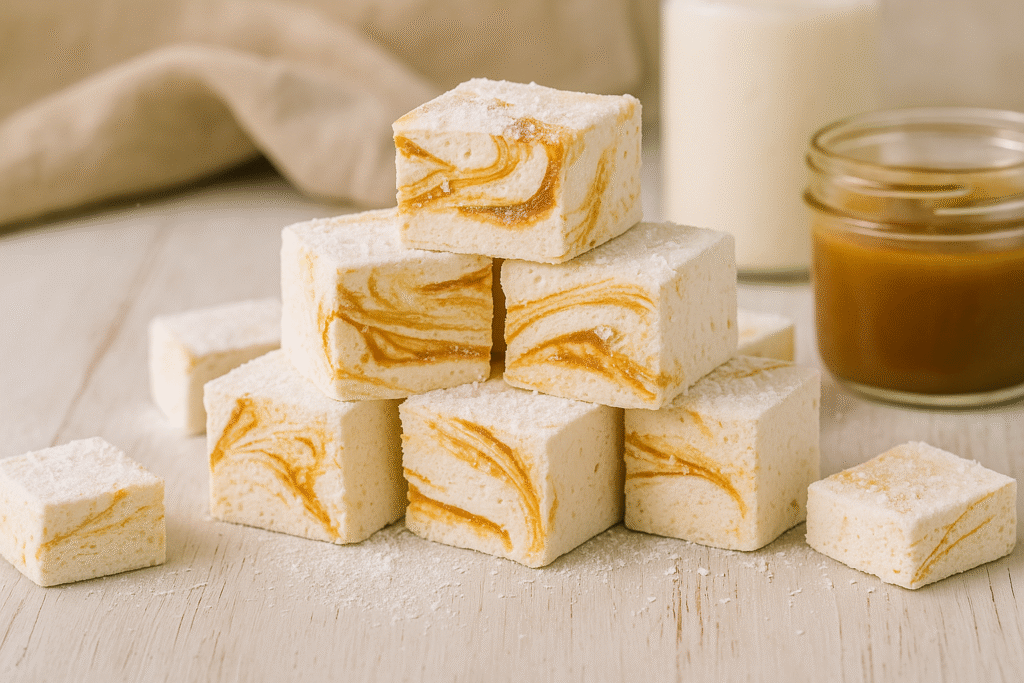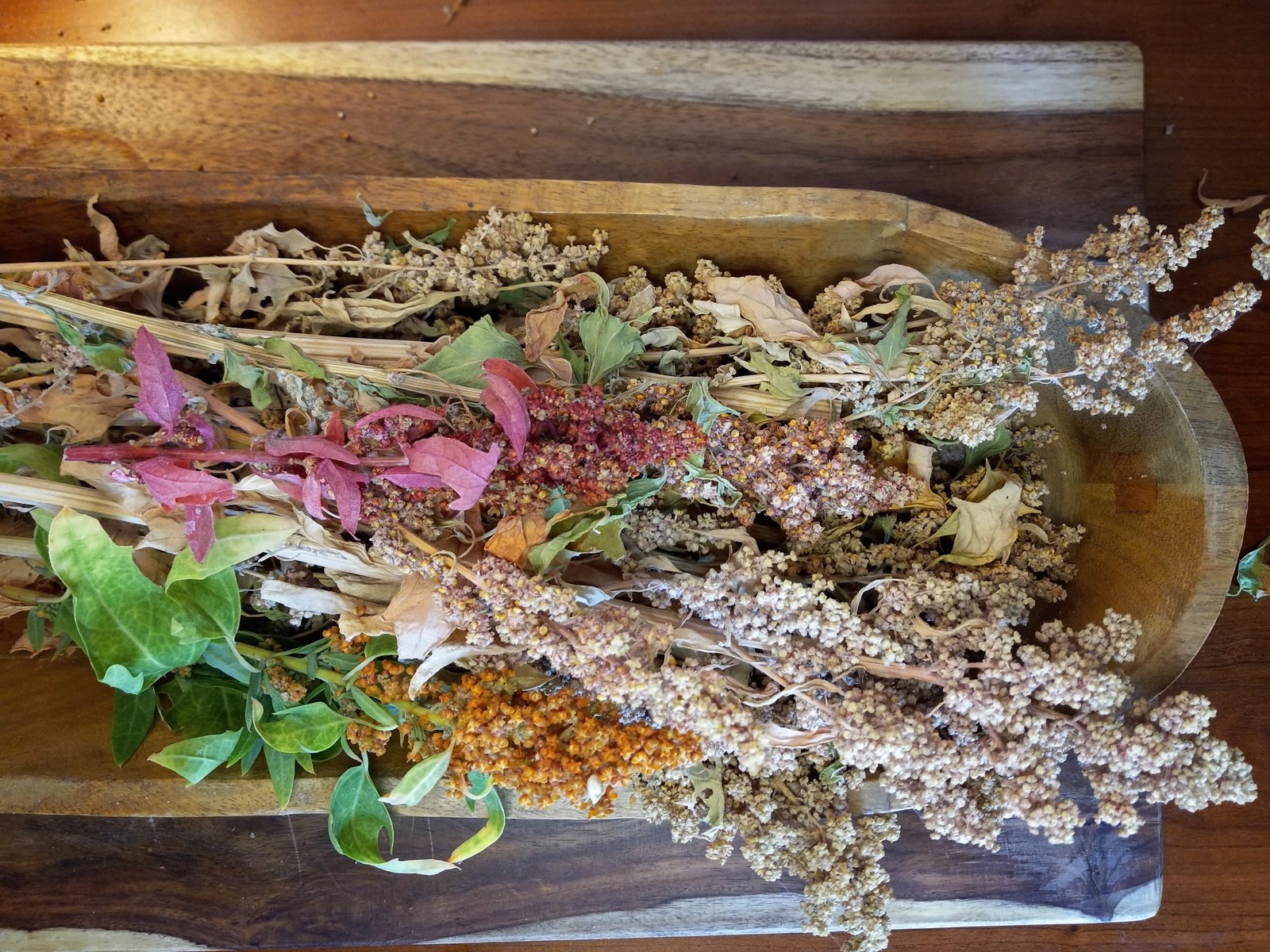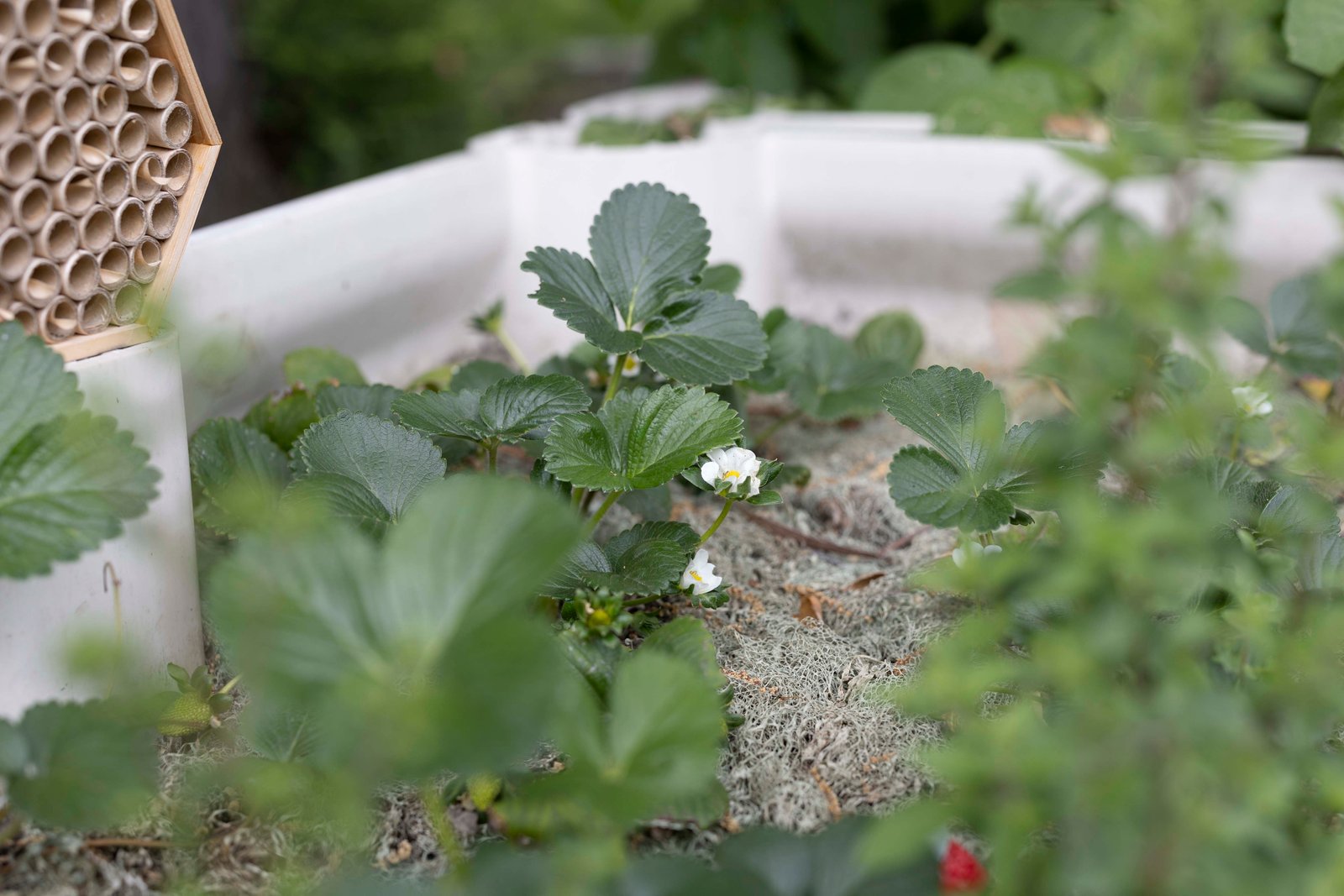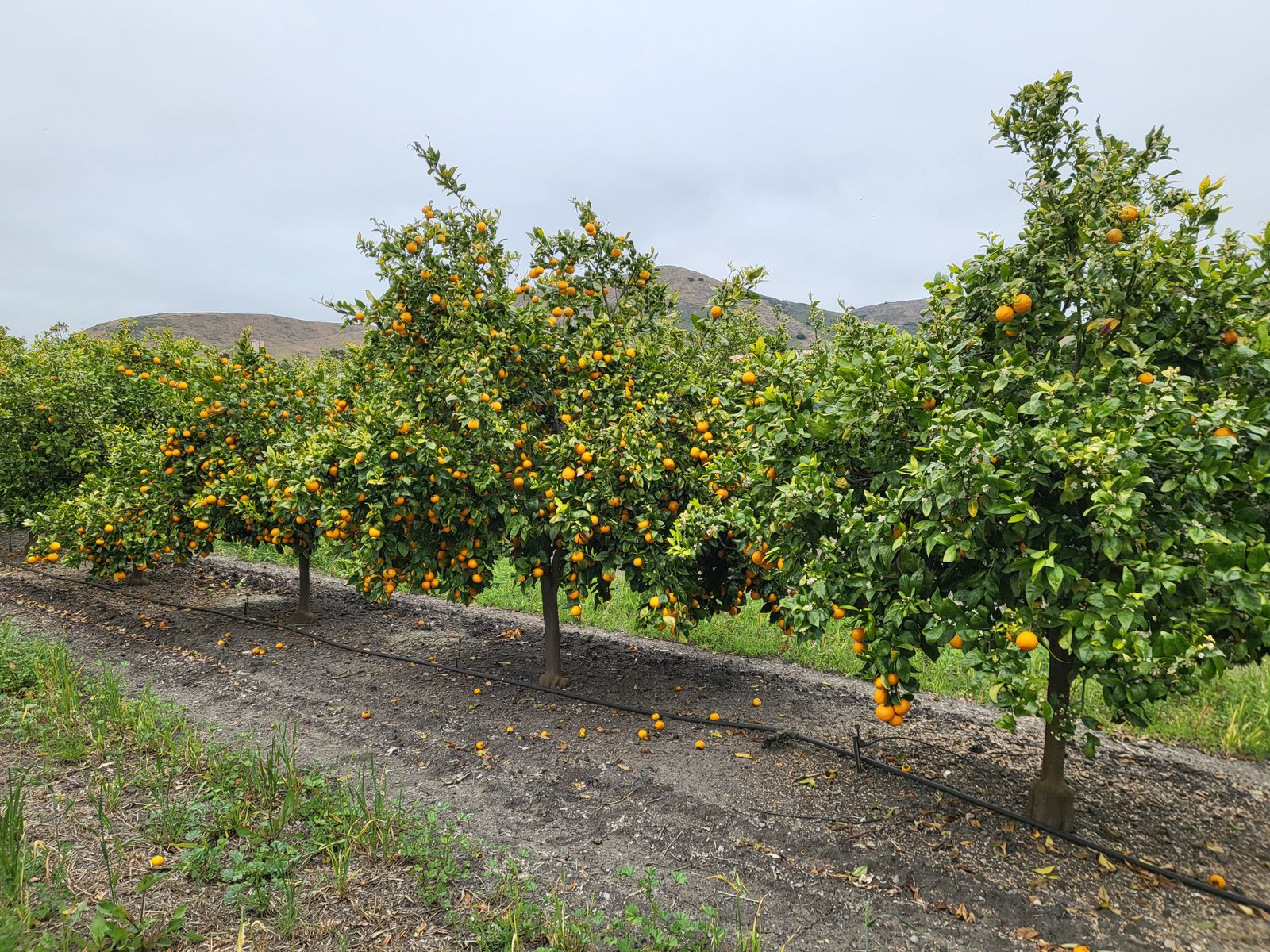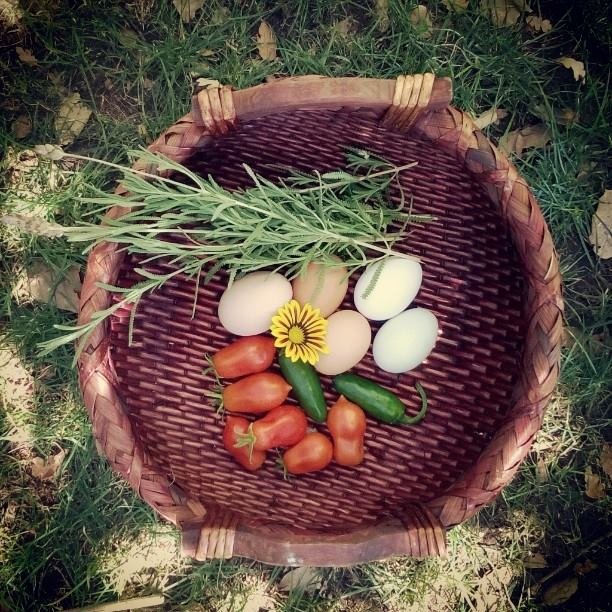Weed Control
Weeds are a common problem in every garden. There’s no way around it, you need to do some sort of weed control to protect your vegetable garden. In my post about herbs and weeds, I cover a little about why you might want to grow certain weeds. Those are not the weeds I’m talking about here. In this section, I’m talking about all the weeds you really don’t want. You know, the prickly thistle that pops up in your strawberry patch. Or the sticky cleavers that seem to find their way onto your shoe laces.
No one likes weeds. Few of us have time to weed the garden by hand. Thankfully, there are options. Some options are free while others will require a bit of an investment. Either way, you’ll be able to cut down on your weeding time while saving water with mulch.
Mulching Saves Water
An added benefit to mulching for weeds is that you’ll save water. Living in central California, I know all about the importance of saving water. Sometimes, we won’t get a drop of rain for nine months. When water restrictions are enforced, it can be difficult to make sure the garden gets enough water.
Mulching helps with this by insulating the soil and protecting it from the harsh sun. By simply adding a mulch layer, my garden can easily go two or three days in the summer without being watered. Without the mulch layer, I will sometimes need to water twice a day.
Mulching makes a big difference.
Bark Chips
Bark chips are probably the most used mulch by gardeners. It’s easy to find and bark looks amazing when you first put it down. Bark chips spread easily and they can be moved quickly to access the soil beneath.
Bark chips are a fairly expensive weed control option. They can be found on Amazon, in bags at your local hardware or garden store, or purchased in bulk. Most landscape yards will carry several varieties of bark chips.
To ensure that weeds don’t pop up through the bark chips, you need to add a weed barrier (landscape cloth) and have a 4-6 inch layer of bark spread evenly. Six inches will be best, so be sure to spread it really thick.
Straw
Straw is another popular option among gardeners for controlling weeds. It’s a great low-cost option and it looks great in the garden.
There are some down sides to straw. It can easily blow away in the wind, causing it to be in areas where you don’t want it. Straw can also become moldy if it stays wet for too long (I learned this one the hard way).
It does break down in the soil. This means that it will add nutrients as it breaks down, but you’ll also need to replace it annually.
Straw can be ordered on Amazon, or you can get it by the bail from your local feed store. Bales can weigh anywhere from 40 to 100 pounds, so be sure to have help if you plan to get it from the feed store.
Moss as Mulch
In my garden, I use Spanish moss to help keep the weeds at bay. In the spring, the moss is practically dripping off the trees near me. I head to one of the local walking trails and pull down what I can reach. After I’ve got a large trach bag full, I bring it home and get to work spreading it across my garden beds.
I have found the the moss not only helps control weeds, but retains a lot of moisture in the soil. I no longer need to water daily and can typically go 2-3 days between watering, especially the areas with a thick layer of moss.
This method has also helped my strawberries. The moss keeps the berries off the dirt and bugs don’t seem to like walking across it, so they leave my strawberries alone.
Pulling Weeds
No matter how much mulching you do, there are bound to be some weeds that just won’t be stopped. Frequently going through your garden beds and pulling weeds will be your final line of defense against them. Simply pull them out by the roots and be done with them for good.
I tend to get weeds around the edges of my garden beds or in spots that I hadn’t thought to add moss. It only takes a few minutes a day and I’ve pulled all the unwanted weeds, leaving my garden looking and feeling as nice as can be.
